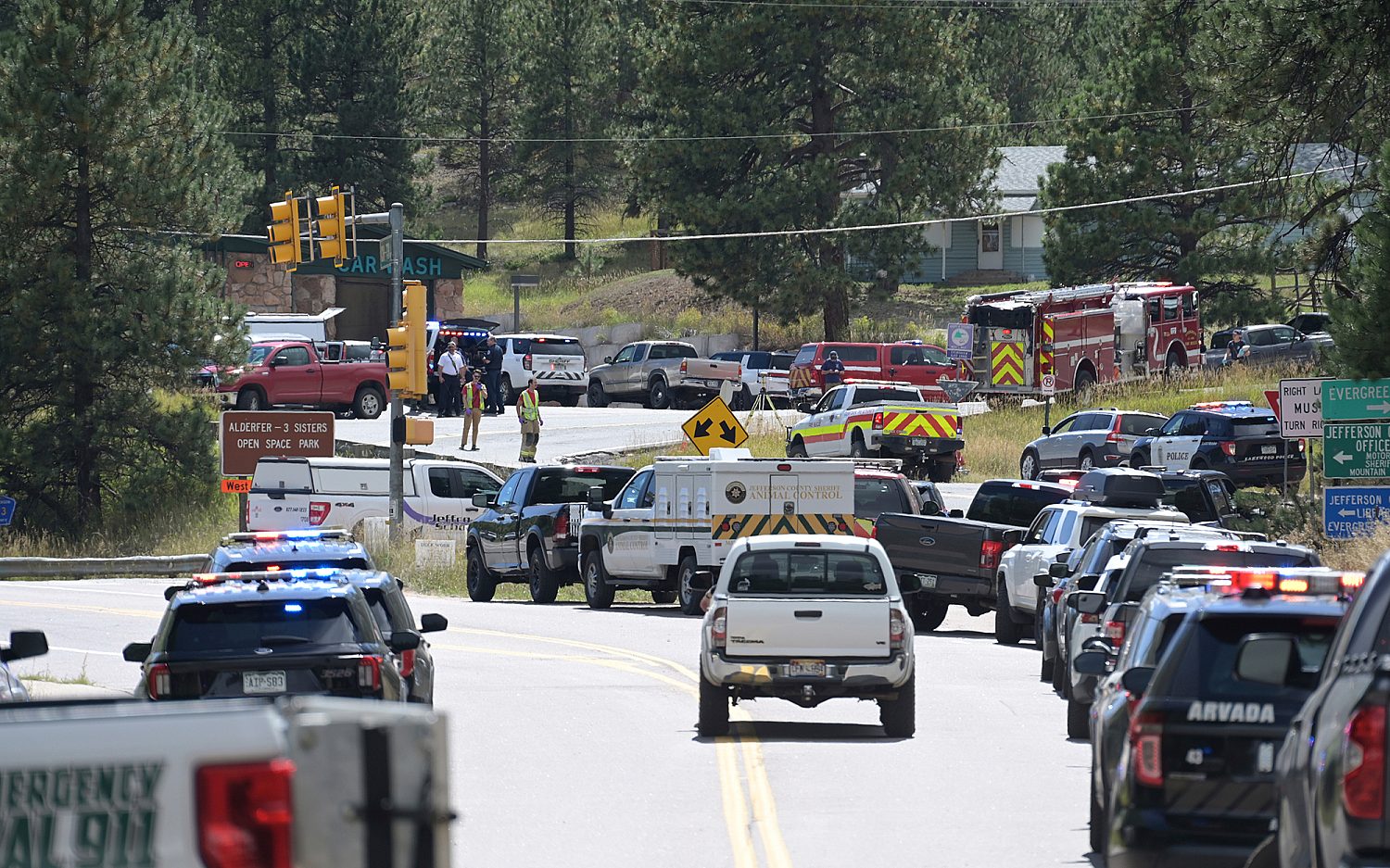Ranchers who survived wildfires face crippling losses
Last week’s fires on the Plains could disrupt the beef industry in the long-term
As 58-year-old Greg Gardiner surveyed the devastation from last week’s deadly fires, he described an eerie scene across the Gardiner Angus Ranch north of Ashland, Kan. Friends pitched in to help shoot the last of the fatally maimed cattle over the weekend, drones surveyed the breaks to confirm none were missed, and community volunteers began pulling up charred fence post and rolling up burnt wire.
The fire on this ranch claimed more than 500 head of cattle and burned 42,000 of the ranch’s 48,000 acres—a loss Gardiner described as a microcosm of much wider destruction across Kansas, Texas, Oklahoma, and Colorado.
The afternoon of March 6, Gardiner drove a trailer up to his brother Mark’s home, planning to rescue three horses and two dogs before fire engulfed the structures. But high winds propelled the fire to this corner of the ranch quicker than anticipated.
He could see his brother walking toward the barn and his sister-in-law making her way to the house to get the dogs as sudden darkness engulfed the pickup. “It was like somebody put a hood over my head and it just went black,” Gardiner said. Enveloped in dust and smoke, the heat from the fire penetrating the cab of his truck, his self-preservation instinct kicked in and he drove away (using his internal compass to guide him) as a nearby tree belt exploded in fire.
It was 30 minutes before a fire crew could confirm the couple’s escape to safety. The house is gone, the dogs—who refused to move—didn’t make it, and Gardiner tears up every time he thinks of how close he came to losing his family. He has struggled to make sense of his decision to flee the scene rather than run toward his brother and sister-in-law, comparing himself to the Biblical account of Peter denying Christ. A friend reminded him not to be too hard on himself: The trailer was blocking the only escape path for all three of them, so perhaps God prompted him to make a lifesaving move.
Gardiner, whose family homesteaded on the land in 1885, said his two brothers and their three sons would rebuild the ranch. He still has 1,500 head of cattle, and his operation uses an embryo transfer program that has produced high quality beef and garnered national acclaim.
The losses among neighbors could be more crippling: Three sisters who run a ranch with their husbands lost all of their homes. Many calves across the region were orphaned or never born, compounding financial losses. And repairing fences will be another financial challenge for the region: Gardiner said 461,000 acres burned in his home of Clark County, and close to 12,000 miles of fence need repairing at an estimated cost of around $10,000 per mile. His ranch is one of the largest with 300 miles of fence. Carcass disposal is an additional expense.
But he has also heard stories of healing and sacrifice. Two brothers who hadn’t spoken in seven years mended ties after one brother saved the other from certain death when fire crews could not reach him in time. Trucks are rolling in with donated hay and feed from fellow ranchers across the region. A 4-H Club organized efforts to care for orphaned calves until ranchers have had time to recover from their losses. And Gardiner said he already sees sprouts of green through the charred land, noting the timing of the fire allows for spring rains to promote new growth before next winter.
What do the cattle losses mean for the consumer? Gardiner said beef has a longer turnover than pork and chicken. “Everyday when you eat a hamburger or steak, it took a rancher three years to get that on your plate,” he explained, pointing to a potential hit in the 2019 production cycle. “Those in the cities should have a vested interest. Their meal just burned up.”
He said the lack of national news coverage has been a little disheartening and bemoaned the attention received by protesters against President Donald Trump’s revised travel ban during a week of great trial for the central Plains: “Y’all don’t have enough to do? Don’t you have any fence to fix or cattle to work?” he noted with a chuckle.
The region’s drought from 2010 to 2014 gave way to two wet springs and extensive growth on the prairie, providing ample fuel for grass fires that began last week and burned over a million acres across four states. Here’s a rundown of each state’s losses (excluding cattle, which are still being assessed) as of Tuesday:
Texas: Four deaths and more than 480,000 acres burned. Gov. Greg Abbott declared a state of disaster in six counties in the Texas Panhandle.
Kansas: One death, 11 injuries, more than 40 homes destroyed and 650,000 acres burned. Kansas Gov. Sam Brownback signed a disaster declaration covering 20 counties.
Oklahoma: One death and more than 782,000 acres burned in the Northwest Oklahoma Fire Complex. Three additional fires in the state have burned more than 100,000 acres. Gov. Mary Fallin declared a state of emergency for 22 counties.
Colorado: Five homes destroyed and more than 30,000 acres burned.
An actual newsletter worth subscribing to instead of just a collection of links. —Adam
Sign up to receive The Sift email newsletter each weekday morning for the latest headlines from WORLD’s breaking news team.





Please wait while we load the latest comments...
Comments
Please register, subscribe, or log in to comment on this article.